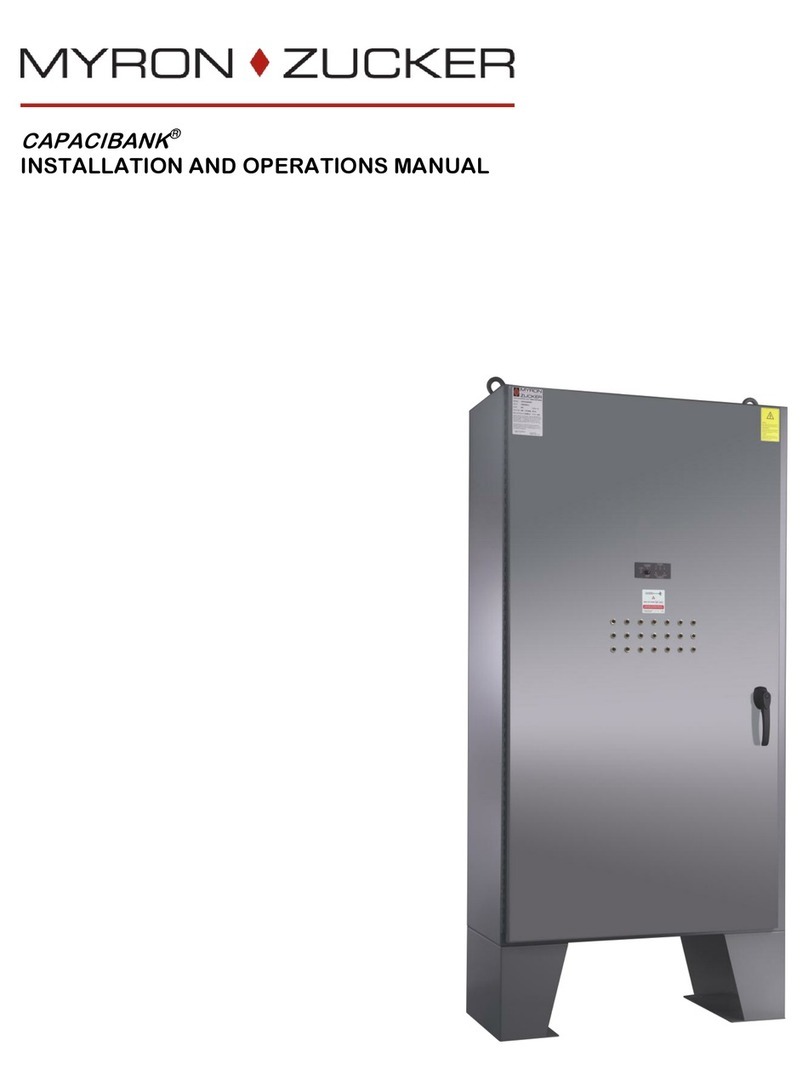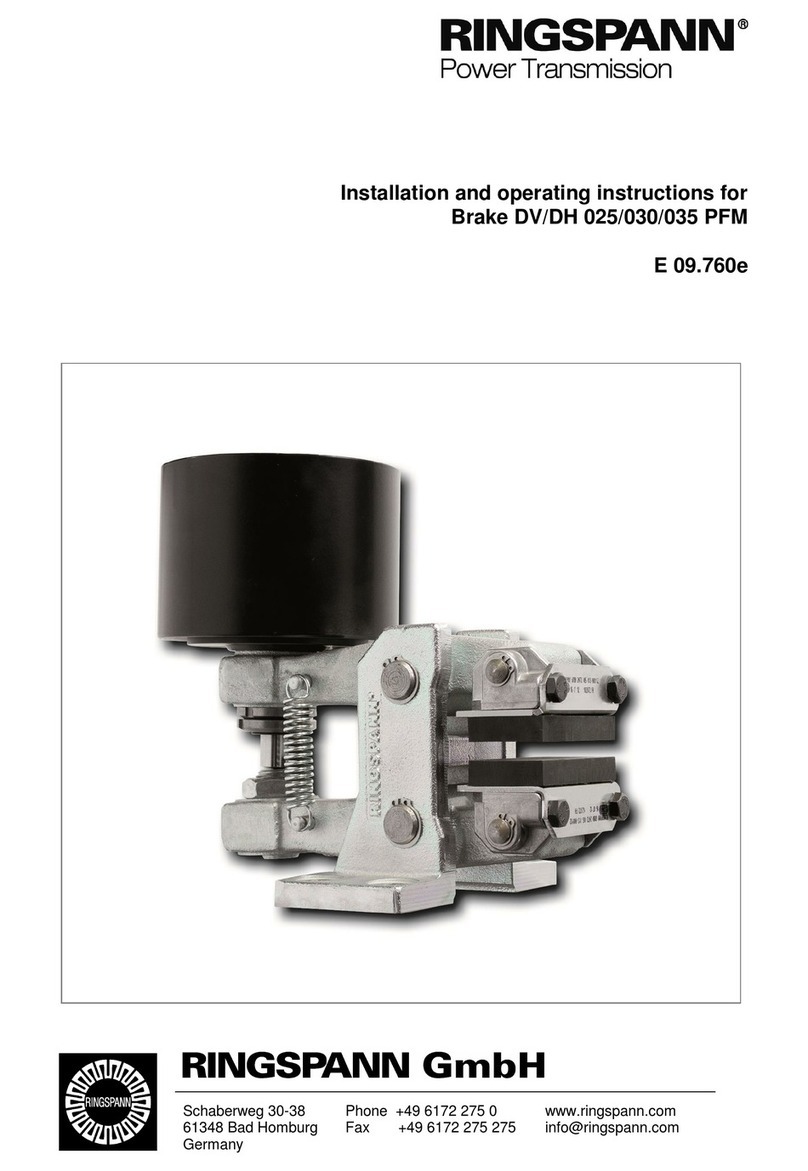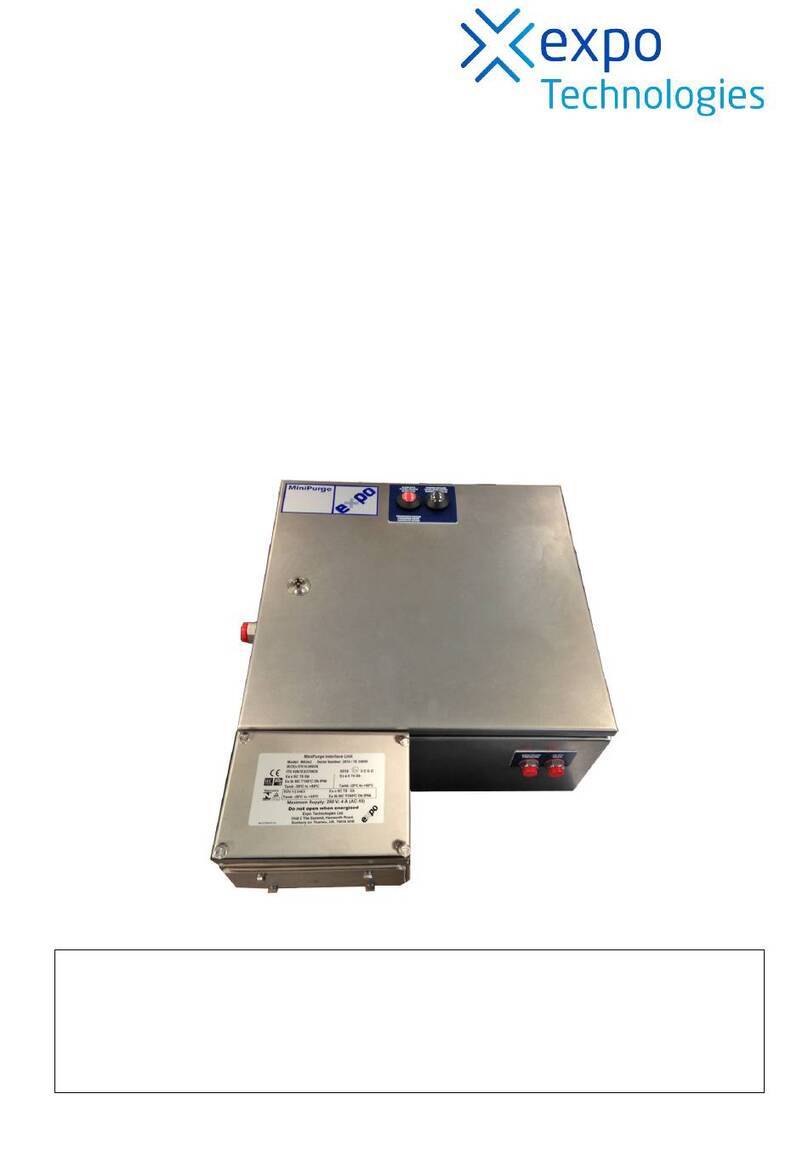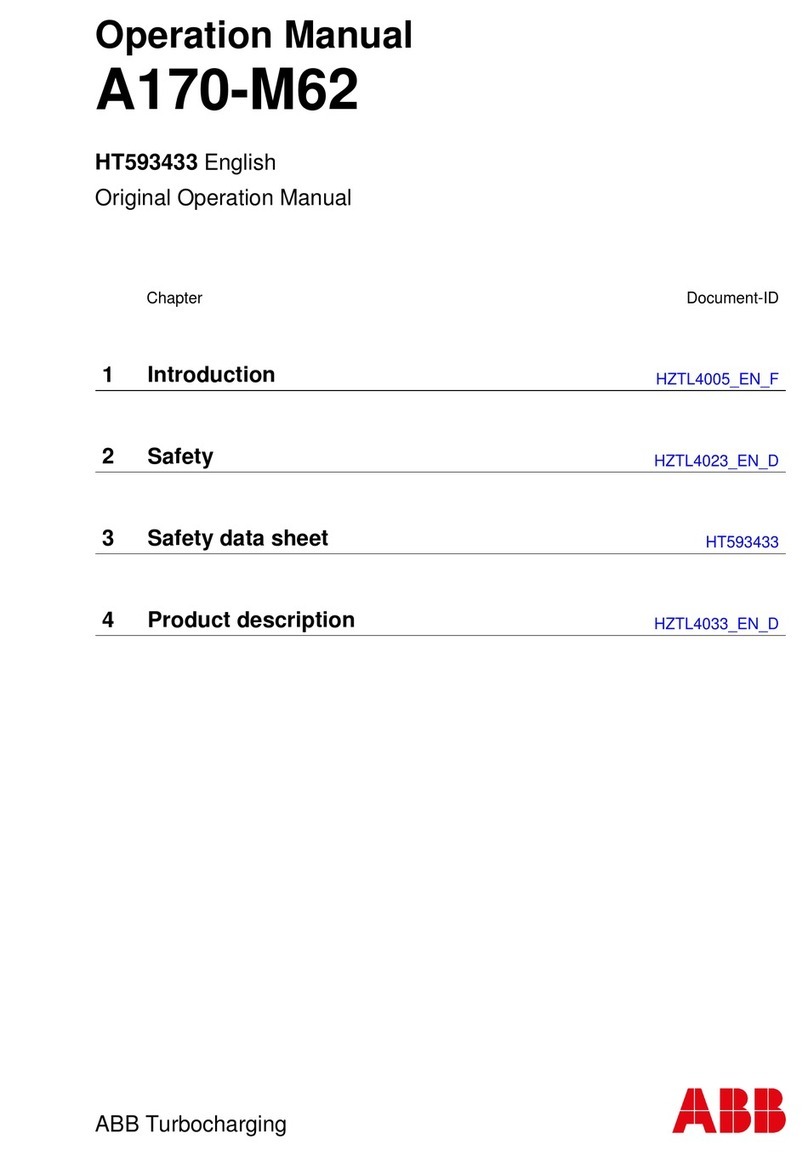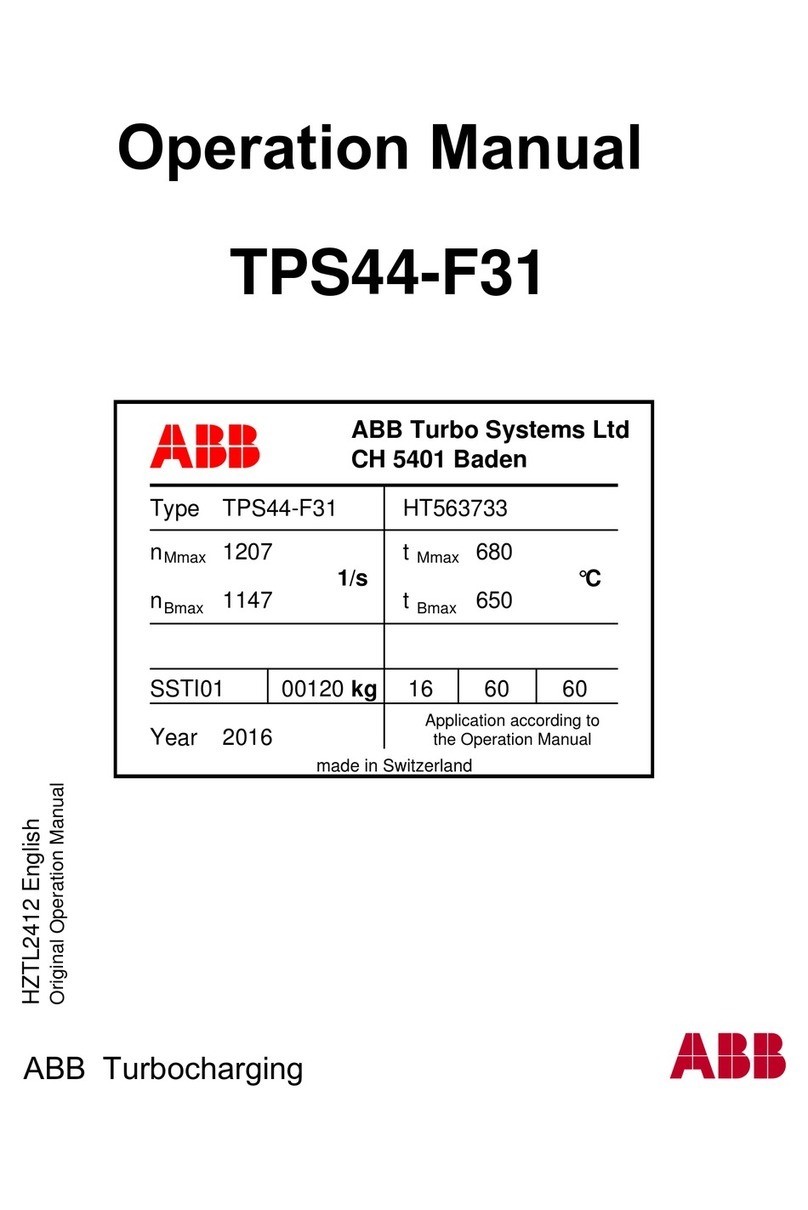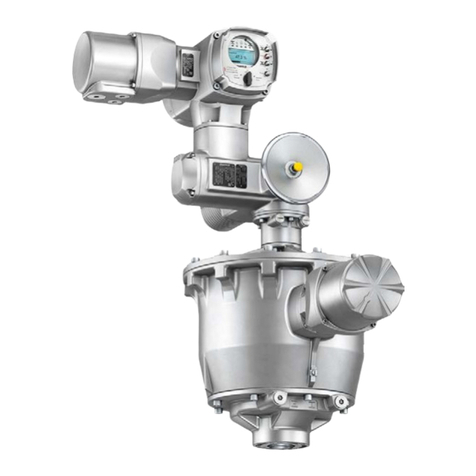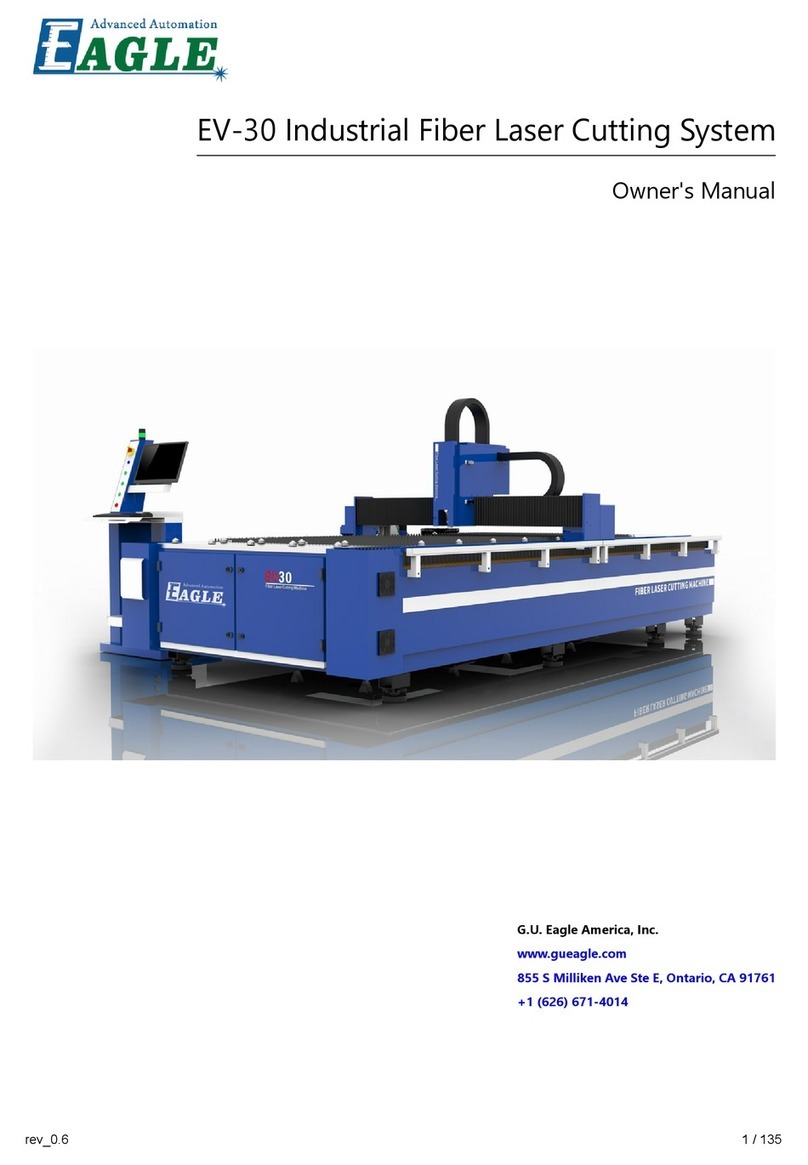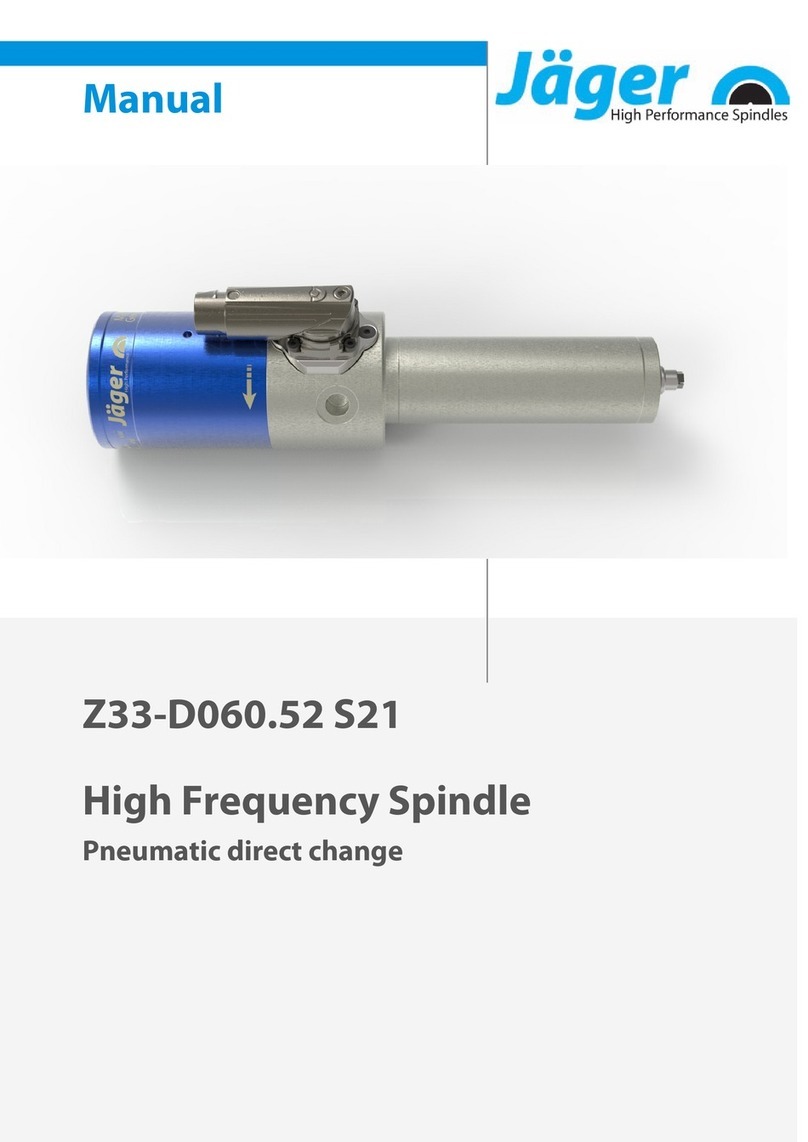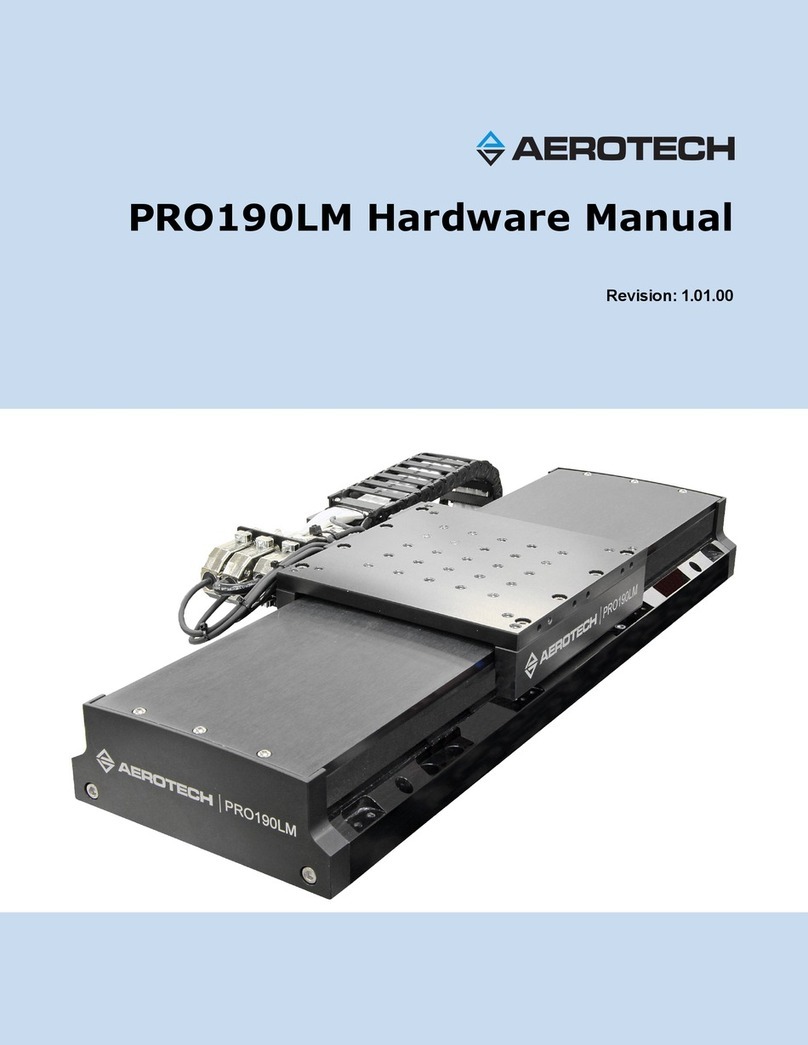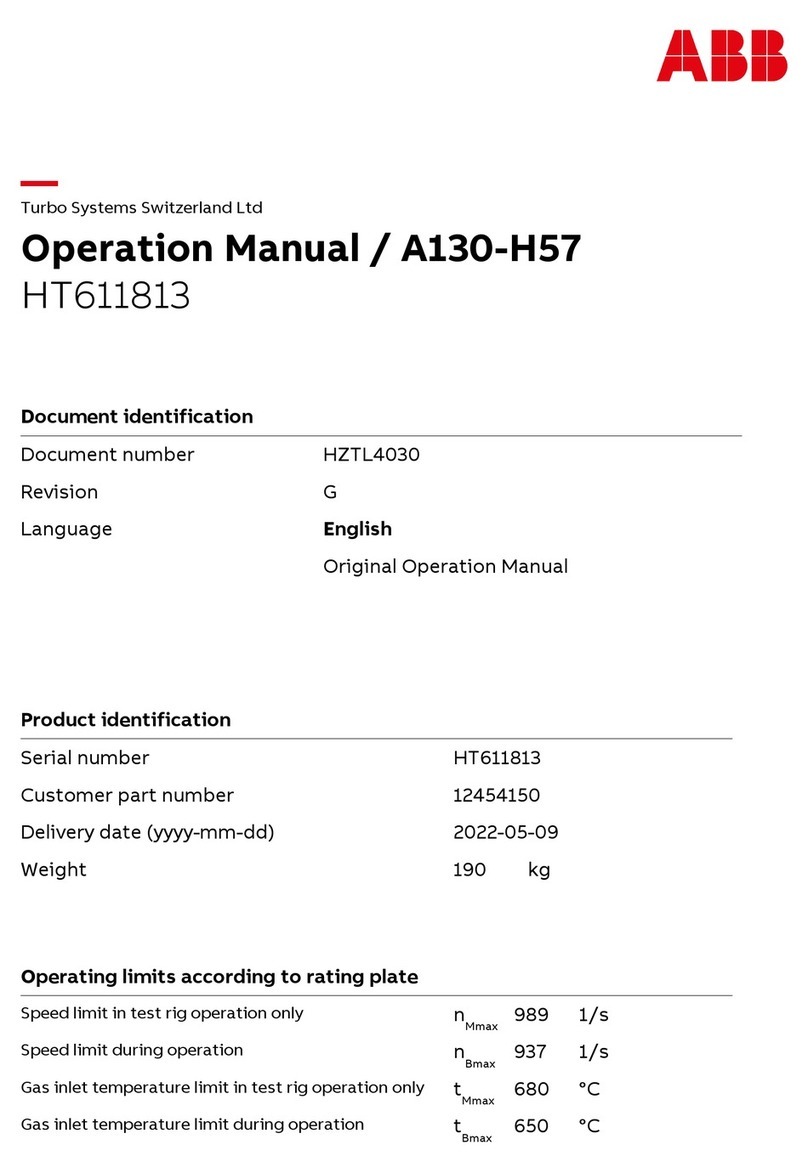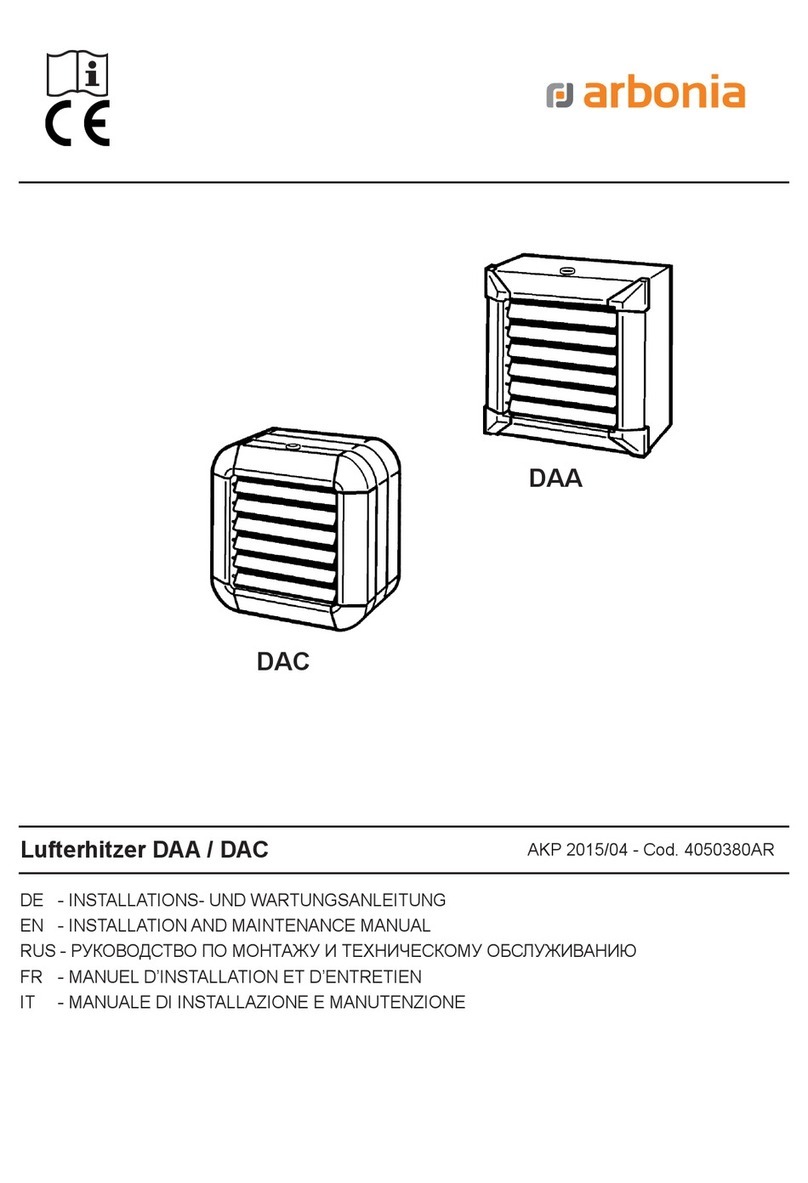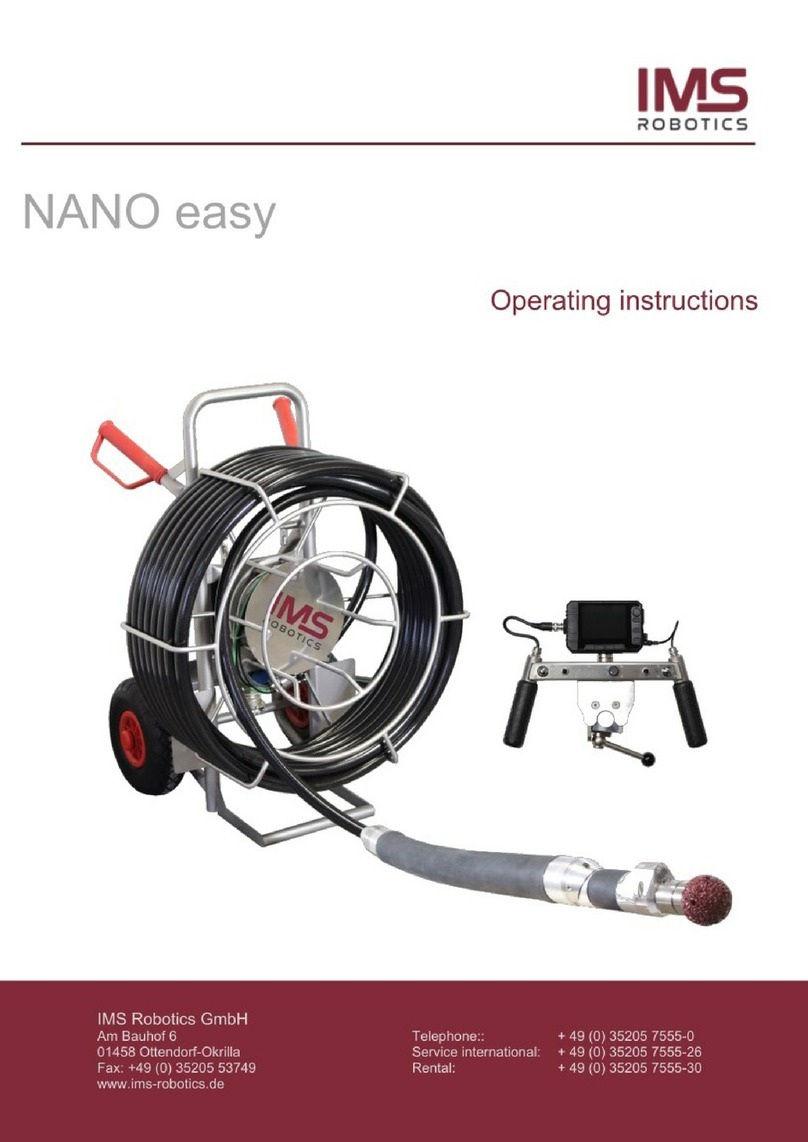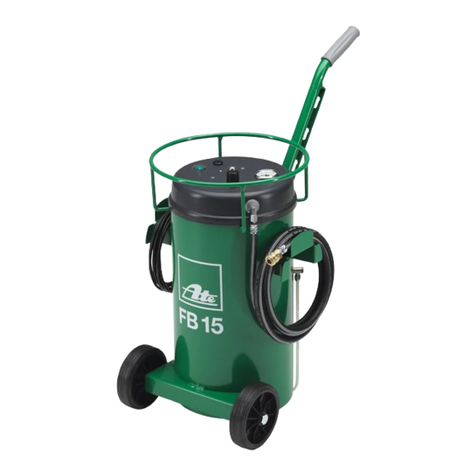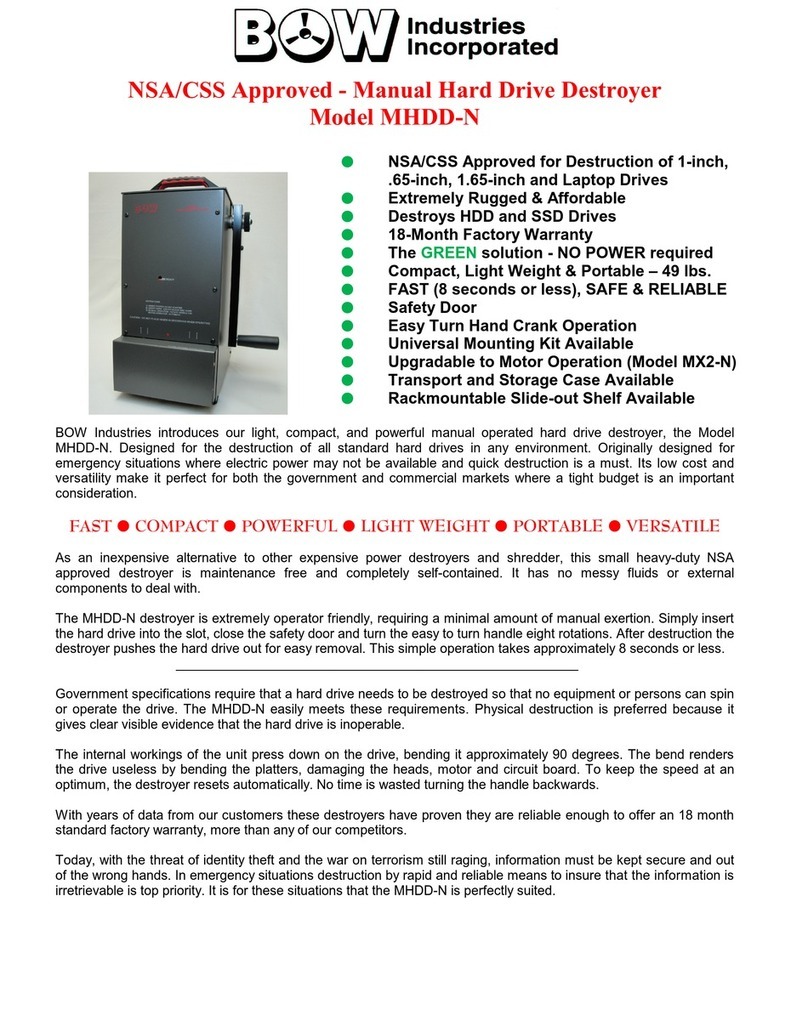MYRON ZUCKER AUTOCAPACIBANK User manual

AUTOCAPACIBANK™
and
AUTOCAPACITRAP™
INSTALLATION AND OPERATIONS MANUAL

AUTOCAPACIBANK™ and AUTOCAPACITRAP™
Installation and Operations Manual
NOTE Please read this entire installation and operations manual before energizing the
AUTOCAPACIBANK™ or AUTOCAPACITRAP™.
Safety Considerations:
Installing and servicing capacitor equipment can be hazardous. Only trained personnel
should install and service power factor correction capacitors and harmonic filters.
Observe precautions in the literature, on tags, and on labels attached to the
equipment.
Follow all safety codes such as Lock-out/Tag-out procedures, Arc Flash safety, etc.
Wear required Personal Protective Equipment (PPE) such as safety glasses, work
gloves, cotton clothing, etc. as required by local code and safety procedures.
Warnings and Cautions:
Power factor correction capacitors alone are not for use in power systems where
harmonic currents are present. Harmonic currents can overload a capacitor with
excess current and/or heat. Harmonic currents should be corrected with Myron Zucker,
Inc. Capacitrap® and Autocapacitrap™ models.
Failure to read these instructions and failure to install the equipment per instructions
may cause equipment damage and may void the warranty.
Care should be taken in keeping the inside of enclosures clear of any debris,
metalworking by-products or electrician’s tools.
It is recommended that incoming power be disconnected at the source before making
any electrical or mechanical connections, changes or hands-on inspections.
To de-energize capacitor cells, wait one minute after disconnecting the equipment from
the primary circuit to allow capacitor discharge resistors to reduce capacitor voltage to
less than 50 volts (National Electrical Code, Article 460-6 requirement).

AUTOCAPACIBANK™ and AUTOCAPACITRAP™
Installation and Operations Manual
TABLE OF CONTENTS
1. PRE-INSTALLATION ....................................................................................... 1
1.1 Storage ............................................................................................... 1
1.2 Location ............................................................................................. 1
2. POWER SOURCE ............................................................................................ 2
2.1 Voltage ............................................................................................... 2
2.2 Conductor (Wire) Size ....................................................................... 2
2.3 Disconnect Devices and Ratings ....................................................... 2
2.4 Connections to Power Source ........................................................... 2
2.5 Equipment Ground ............................................................................. 2
3. CURRENT TRANSFORMER ........................................................................... 4
3.1 Selection of Current Transformer ...................................................... 4
3.2 Placement of Current Transformer .................................................... 4
4. COMMISSIONING AND VAR CONTROLLER INSTRUCTIONS .................... 5
4.1 Overview of VAR Controller ............................................................... 5
4.2 Pre-commissioning Procedure .......................................................... 6
4.3 Operating Instructions for Autocapacibank™ and Autocapacitrap™ . 6
4.4 Shut Down Procedure for Autocapacibank™ and Autocapacitrap™..7
5. PREVENTATIVE MAINTENANCE PROCEDURES ........................................ 8
TABLES AND FIGURES
TABLE 1. Recommended Wire Sizes, Switches And Fuses............................ 3
FIGURE 1. Connection to Power Source Diagram .......................................... 2
FIGURE 2. VAR Controller –LOVATO Type DCRG8 ....................................... 5

AUTOCAPACIBANK™ and AUTOCAPACITRAP™
Installation and Operations Manual
1
1. PRE-INSTALLATION Inspect the equipment for any damage as soon as it is received. All risk of loss or
damage in transit shall pass to the purchaser at the shipping point, regardless of
freight payment.
Check that all packages and/or crates have been delivered and that the
equipment has not been damaged in transit.
Forward any claims to the carrier immediately (most carriers impose a 24-hour
time limit for the reporting of loss or damage).
Damaged or missing items are the responsibility of the carrier and must be
reported.
Check that the information shown on the equipment nameplates corresponds
with the order specifications.
The packaging material should be replaced for protection until installation has
begun.
1.1 Storage
If the equipment cannot be placed into service reasonably soon after its receipt, it
should be stored in a clean, dry and ventilated building free from temperature
extremes. Acceptable storage temperatures are from 0°C (32°F) to 40°C (104°F).
Store the equipment in a dry, ventilated location, sheltered from rain, water
spray, splashes and chemicals.
Stored equipment should be protected by a tarp or other cover providing
effective protection against dust, dirt, paint, etc.
1.2 Location
Installation ambient temperatures are very important to achieve design life of
equipment.
Suggested location maximum ambient temperature is 40°C (104°F).
Maximum capacitor operating ambient temperature shall be 46°C (115°F).
For outdoor enclosures, care must be taken to keep equipment from direct
sunlight and other weather conditions.
Spacing from walls shall be six (6) inches and twelve (12) inches from
overheads. All other equipment, housings, cabinets or other obstructions shall
be considered as walls or overheads.

AUTOCAPACIBANK™ and AUTOCAPACITRAP™
Installation and Operations Manual
2
2. POWER SOURCE 2.1 Voltage
Check the equipment’s nameplate to make certain that the voltage rating is
suitable for operation at the supply (line) voltage. This equipment is capable of
operation at a maximum of 110% of nameplate rated voltage (RMS, 50 or 60 Hz).
2.2 Conductor (Wire) Size
See TABLE 1 on next page for recommended wire size.
2.3 Disconnect Devices and Ratings
Equipment shall be capable of being disconnected from power source with switch,
fuse switch or circuit breaker. See TABLE 1 for recommended current ratings.
2.4 Connections to Power Source
Equipment shall be connected to power source as shown in FIGURE 1.
FIGURE 1
CONNECTION TO POWER SOURCE DIAGRAM
Power leads shall be straight and without kinks or loops. Lead length should be
such that no strain is applied to the power lead connector. Power leads shall be
firmly clamped in connectors by tightening connector bolts. Wire lead strands
should not move in connector when the lead is moved from side to side by hand.
Improper (loose) connections will cause terminal overheating and possible early
failure of the capacitor cells.
2.5 Equipment Ground
All Autocapacibanks™ and Autocapacitraps™ are provided with ground connector
lug(s) within the enclosure to facilitate grounding per National Electrical Code,
Articles 460-10 & 250.

AUTOCAPACIBANK™ and AUTOCAPACITRAP™
Installation and Operations Manual
3
TABLE 1
RECOMMENDED WIRE SIZES, SWITCHES AND FUSES FOR 3-PHASE, 60Hz CAPACITORS
(These wire sizes are based on 135% of rated current in accordance with the National Electrical Code, Article 460.)
240 VOLTS
480 VOLTS
600 VOLTS
KVAR
Current*
(Amps)
Wire Size
90°C-Type
THHN
XHHW* or
Equiv. †
Fuse
(Amps)
C.B. or
Switch
(Amps)
Current*
(Amps)
Wire Size
90°C-Type
THHN
XHHW* or
Equiv. †
Fuse
(Amps)
C.B. or
Switch
(Amps)
Current*
(Amps)
Wire Size
90°C-Type
THHN
XHHW* or
Equiv. †
Fuse
(Amps)
C.B. or
Switch
(Amps)
1
2.4
14
5
30
1.2
14
3
30
1.0
14
3
30
1.5
3.6
14
6
30
1.8
14
3
30
1.4
14
3
30
2
4.8
14
10
30
2.4
14
5
30
1.9
14
3
30
2.5
6
14
10
30
3
14
6
30
2.4
14
5
30
3
7.2
14
15
30
3.6
14
6
30
2.9
14
5
30
4
9.6
12
20
30
4.8
14
10
30
3.8
14
6
30
5
12
12
20
30
6
14
10
30
4.8
14
10
30
6
14.4
10
25
30
7.2
14
15
30
5.8
14
10
30
7.5
18
10
30
30
9
14
15
30
7.2
14
15
30
10
24
8
40
60
12
12
20
30
9.6
12
20
30
12.5
30
8
50
60
15
10
25
30
12
12
20
30
15
36
6
60
60
18
10
30
30
14.4
10
25
30
17.5
42
6
70
100
21
8
35
60
16.8
10
30
30
20
48
4
80
100
24
8
40
60
19.2
8
35
60
22.5
54
4
90
100
27
8
50
60
21.6
8
35
60
25
60
2
100
100
30
8
50
60
24
8
40
60
27.5
66
2
125
200
33
6
60
60
26.4
8
45
60
30
72
2
125
200
36
6
60
60
28.8
8
50
60
32.5
78
1/0
150
200
39
6
65
100
31.2
8
50
60
35
84
1/0
150
200
42
6
70
100
33.6
6
60
60
37.5
90
1/0
150
200
45
6
75
100
36
6
60
60
40
96
2/0
175
200
48
4
80
100
38.4
6
65
100
42.5
102
2/0
175
200
51
4
90
100
40.8
6
70
100
45
108
3/0
200
200
54
4
90
100
43.2
6
75
100
50
120
3/0
200
200
60
2
100
100
48
4
80
100
52.5
126
3/0
200
200
63
2
110
200
50.4
4
80
100
55
132
4/0
250
400
66
2
125
200
52.8
4
90
100
60
144
4/0
250
400
72
2
125
200
57.6
2
100
100
65
156
4/0
250
400
78
1/0
150
200
62.4
2
110
200
70
168
300M
300
400
84
1/0
150
200
67.2
2
125
200
75
180
300M
300
400
90
1/0
150
200
72
2
125
200
80
192
350M
350
400
96
2/0
175
200
76.8
1/0
150
200
90
216
500M
400
400
108
3/0
200
200
86.4
1/0
150
200
100
240
500M
400
400
120
3/0
200
200
96
2/0
175
200
125
300
(2)4/0
500
600
150
4/0
250
400
120
3/0
200
200
150
360
(2)300M
600
600
180
300M
300
400
144
4/0
250
400
200
480
(2)500M
800
800
240
500M
400
400
192
350M
350
400
225
540
(3)300M
900
1200
270
(2)4/0
500
600
216
500M
400
400
250
600
(3)350M
1000
1200
300
(2)4/0
500
600
240
500M
400
400
300
720
(3)500M
1200
1200
360
(2)300M
600
600
288
(2)4/0
500
600
350
420
(2)350M
700
800
336
(2)300M
600
600
400
480
(2)500M
800
800
384
(2)350M
700
800
450
540
(3)300M
900
1200
432
(2)400M
750
800
500
600
(3)350M
1000
1200
480
(2)500M
800
800
550
660
(3)500M
1100
1200
528
(3)300M
900
1200
600
720
(3)500M
1200
1200
576
(3)350M
1000
1200
* Rated current based on operation at rated voltage, frequency, and KVAR.
†Consult National Electrical Code for other wire types. Above size based on 35°C Ambient Operation. (Refer to NEC table 310-16)
Note:
Fuses furnished within Capacitor Assembly may be rated at higher value than shown in this table. The table is correct for field
installations and reflects the manufacture's suggested rating for overcurrent protection and disconnect means in compliance with the
National Electrical Code.

AUTOCAPACIBANK™ and AUTOCAPACITRAP™
Installation and Operations Manual
4
3. CURRENT TRANSFORMER The CT provides a feedback signal required for the operation of the power factor
controller.
3.1 Placement of Current Transformer
As shown in FIGURE 1, the CT must be placed on the C or L3 Phase
upstream of all loads and capacitor banks (see below).
The X1 and X2 terminals for the CT have a shorting, knife-type, terminal that is
installed at the factory. This terminal must remain closed until the CT wires
have been connected then it must be opened and remain open.
H1 side of CT must face toward the mains.
Proper CT Location Examples on an Electrical System
WITHOUT A SHORTING TERMINAL VERY HIGH VOLTAGES CAN BE
PRODUCED AT TERMINALS X1 AND X2 OF THE CURRENT TRANSFORMER.
CT MUST BE PLACED ON THE ‘C’ OR ‘L3’ PHASE BETWEEN THE MAIN AND
LOADS ON THE MAIN SIDE OF THE CAPACITOR UNIT.
TO LOADS
TO MAINS

AUTOCAPACIBANK™ and AUTOCAPACITRAP™
Installation and Operations Manual
5
4. COMMISSIONING, AND VAR CONTROLLER INSTRUCTIONS
4.1 Overview of VAR Controller
The VAR Controller is a power factor relay device (microprocessor-controlled) and
is factory set and tested on all equipment. It measures all four quadrants of the
power waveform, and is consequently independent of system harmonics. The VAR
Controller also actuates the switching steps to control the power factor. For
detailed information regarding the functions of the VAR Controller, please contact
our technical department at (800) 245-0583.
FIGURE 2
VAR CONTROLLER –LOVATO TYPE DCRG8
When the current transformer (CT) is supplied by the factory, the VAR controller is
pre-programmed to make startup simpler.
Note: If the CT is not supplied with the equipment, you will need to program the
CT ratio in the General Section of the controller, program #P02.01.
Note: At least 10% inductive load is required on the main switchboard in order to
commission the system.

AUTOCAPACIBANK™ and AUTOCAPACITRAP™
Installation and Operations Manual
6
4.2 Pre-commissioning Procedure
The AUTOCAPACIBANK™ and AUTOCAPACITRAP™ should only be
commissioned by qualified electricians or technicians who have read this
manual and the materials which were shipped with the unit.
The commissioning procedure, once the pre-startup checks have been done,
consists of energizing the capacitor bank and observing that the capacitor stages
are automatically connected one-by-one until the power factor (cosfi) displayed on
the VAR Controller display reads 0.95 IND or greater depending upon the target
power factor programmed.
This equipment must be de-energized prior to inspection before
commissioning. Electrically isolate the equipment and implement proper
lock-out and tag-out procedures. Failure to observe this exercise will result
in hazard of electrical shock or burn.
The equipment must be inspected using the following procedure by a qualified
electrician or technician prior to energizing to ensure that it is ready for startup:
Make sure that the equipment is de-energized.
Make sure that the main breaker or disconnect feeding the equipment is open.
If the equipment was previously energized, follow the Shut Down Procedure
prior to opening the main breaker or disconnect.
Confirm that the main power cables have been connected and torqued.
Confirm that the CT has been installed on phase C (L3) of the main
switchboard.
Short the CT using the shorting terminal located on the terminal strip.
4.3 Autocapacibank™ or Autocapacitrap™Operating Instructions
Ensure the Autocapacibank™ or Autocapacitrap™ is connected in accordance
with wiring diagram (FIGURE 1).
Confirm that the electrical service that the equipment is connected to is
operational at normal load.

AUTOCAPACIBANK™ and AUTOCAPACITRAP™
Installation and Operations Manual
7
Open the CT shorting terminal and confirm that there is current on the CT
secondary wires using a clamp-on ammeter.
Note: The CT knife switch terminal must be open for the VAR Controller to
operate.
Energize the Autocapacibank™or Autocapacitrap™by closing the main
breaker or disconnect feeding the equipment.
Confirm that there is correct voltage on L1, L2 and L3.
Wait for 60-second lock-out time to elapse. During this time steps will not be
activated.
If the installation is correctly connected, the VAR Controller will now switch
successive steps, following the selected step time delay until the target power
factor is obtained. Each energized step will be indicated on the LCD Display (4
in FIGURE 2). As each step switches in/out the digital display of power factor
will change.
The LOVATO VAR Controller does not require any adjustment of C/K-value
(threshold level when to start to switch in/out steps), since the step sizes will
be sensed automatically. The controller will select a suitable capacitor in order
to achieve the target. With equal sized capacitor steps the controller distributes
the switching operations equally to the capacitors.
A flashing display segment indicates that the relay is searching for a suitable
capacitor size (inductive or capacitive) in order to meet the required target
power factor. If no suitable size is available, then no switching will take place,
and the segment will continue to flash until the power factor is obtained.
Note: Due to delays programmed into the VAR Controller, it may take up to 10
minutes for all the contactors to energize.
At this point, the display will read the load power factor and indicate which
capacitor stages are connected.
If the load power factor is at or above the controller power factor set-point, then
the commissioning is finished.
If the power factor remains low, even though some or all of the stages have
been energized, or if the display shows a capacitive power factor even though
no stages have been energized, then a re-check of correct wiring must be
completed.
4.4 Autocapacibank™ or Autocapacitrap™Shut Down Procedure
Place the VAR Controller in “MAN” mode.
Select energized steps and de-energize each step.
Open main breaker or disconnect only after all steps have been de-energized.
Close the CT shorting terminal.

AUTOCAPACIBANK™ and AUTOCAPACITRAP™
Installation and Operations Manual
8
5. PREVENTATIVE MAINTENANCE PROCEDURES
WIRE CONNECTIONS
All power wire connections should be inspected for tightness one (1) month after
commissioning and every six (6) months thereafter.
CAPACITOR CELLS
Capacitor cells should be visually checked for distorted tops one (1) month after
commissioning and every six (6) months thereafter.
INDICATION LIGHTS
Blown fuse indication lights may be checked daily.
CLEANLINESS
Every six (6) months the fan filters should be inspected and cleaned or replaced
and the equipment should be clean of all contaminants. Note: DO NOT USE HIGH
PRESSURE LIQUID TO CLEAN UNITS.
CONTACTORS
Remove covers and visually check contacts for signs of wear and excessive arcing
every six (6) months. Energize each contactor with the controller in "manual" mode
to ensure proper operation.
INDUCTORS (AUTOCAPACITRAP™ UNITS ONLY)
Inductors should be inspected for signs of heating or loose wire connections one
(1) month after commissioning and every six (6) months thereafter. High
temperature fault lights should be checked daily.

©2009 Myron Zucker, Inc., All Rights Reserved
This manual suits for next models
1
Table of contents
Other MYRON ZUCKER Industrial Equipment manuals

